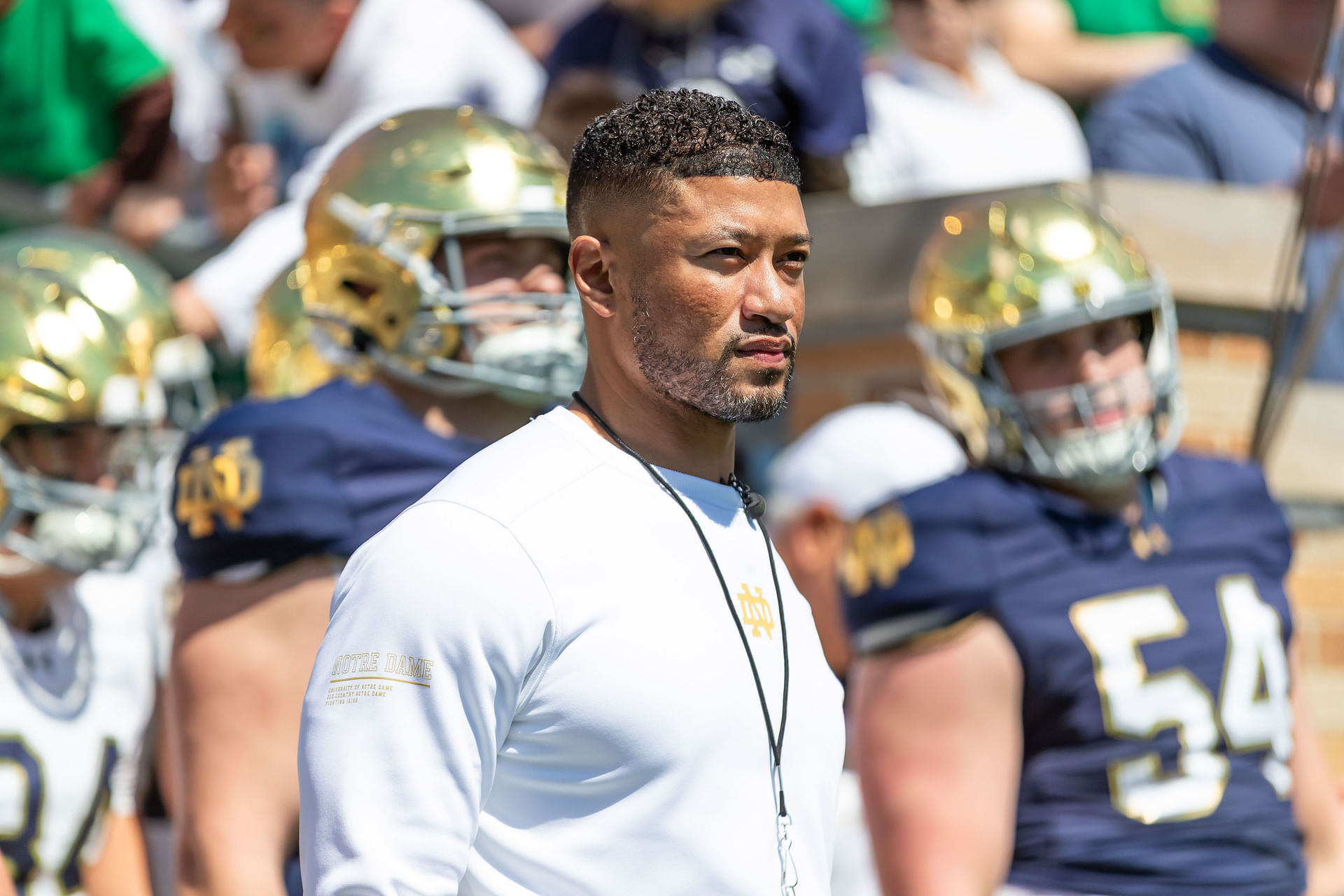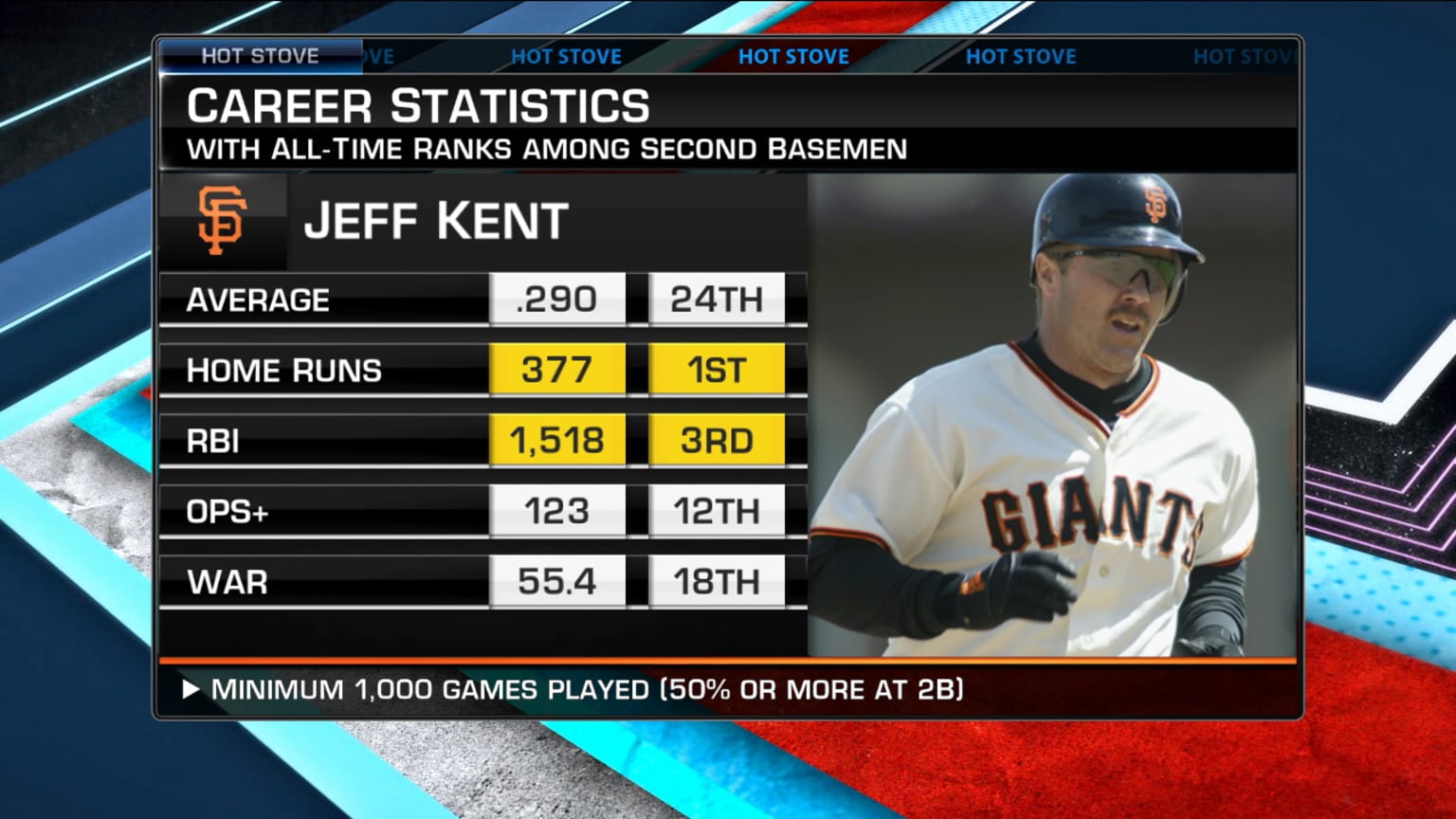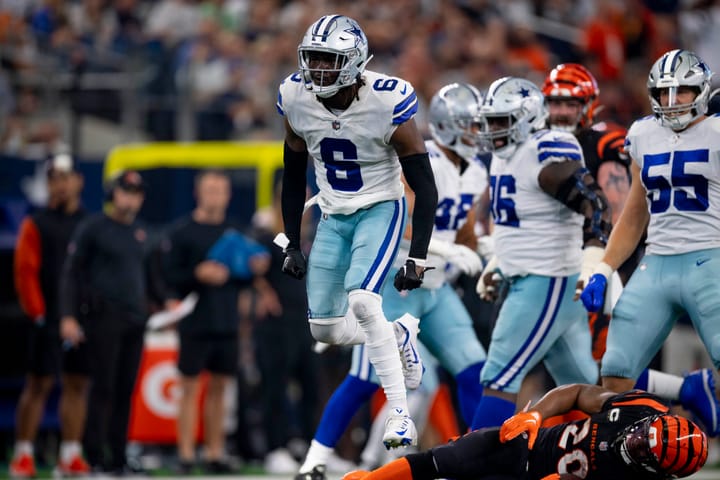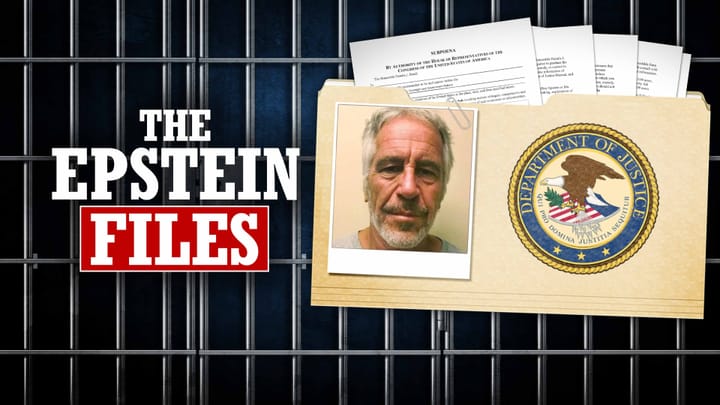Decoding 'Papaya Rules' - Unpacking McLaren's Team Orders in F1

What are 'Papaya Rules'?
The term 'Papaya Rules' has been making waves in the Formula 1 (F1) community, leaving many fans curious about its meaning and significance. In this section, we will delve into the heart of the matter, exploring McLaren's team orders and the mysterious call that sparked widespread interest.
McLaren's Team Orders: A Strategic Move
During a recent F1 race, McLaren's drivers Lando Norris and Oscar Piastri received team orders, instructing them to follow a specific strategy on the track. This move was aimed at optimizing their race performance and securing the best possible outcome for the team. While team orders are a common practice in F1, the 'Papaya Rules' moniker has added a layer of intrigue to McLaren's strategy.
The Mysterious Call: A Spark of Curiosity
A cryptic call made by the McLaren team during the race has left fans wondering about the meaning behind 'Papaya Rules.' The call, which was broadcasted on live television, seemed to be a coded message, fueling speculation and curiosity among viewers. As the F1 community continues to buzz with theories and interpretations, one thing is certain – the 'Papaya Rules' have become a talking point, adding a new layer of excitement to the sport.
The Context: Team Orders in F1
Team orders have been a longstanding aspect of Formula 1, with teams issuing instructions to their drivers during races to achieve specific goals. These orders can significantly impact the outcome of the race and the championship standings.
Defining Team Orders
Team orders refer to the instructions given by a team to its drivers during a race, influencing their actions and decisions on the track. These orders can range from requests to hold position, swap places, or even retire from the race.
Purpose of Team Orders
The primary purpose of team orders is to maximize the team's points haul and achieve strategic objectives. By instructing drivers to hold position or swap places, teams can:
- Protect their lead driver's position and prevent rival teams from gaining an advantage
- Ensure a double points finish or maximize points for both drivers
- Manage tire wear and fuel consumption
- Respond to changing race conditions or unexpected events
Impact on the Championship
Team orders can significantly influence the championship standings, as they can:
- Swing the balance of points in favor of one driver or team
- Affect the outcome of the constructors' championship
- Influence the drivers' championship, potentially deciding the title winner
McLaren's 'Papaya Rules' Explained
A Warning to Drivers: 'Take Extra Care' into Turn 1
McLaren's 'Papaya Rules' is a set of team orders that have been making waves in the F1 community. One of the key aspects of these rules is a warning to drivers to exercise extra caution when entering Turn 1. This cautionary advice is aimed at preventing collisions and ensuring a safe start to the race. By being mindful of their speed and positioning, drivers can minimize the risk of accidents and focus on gaining a strong foothold in the early stages of the Grand Prix.
A Mindset Warning: Prioritize Teamwork and Avoid Collisions
The 'Papaya Rules' also serve as a reminder to drivers to prioritize teamwork and avoid collisions. This mindset warning is crucial in maintaining a positive and supportive team dynamic. By working together and looking out for each other's interests, drivers can ensure a successful outcome for the team. The 'Papaya Rules' promote a culture of cooperation and mutual respect, which is essential for achieving success in the highly competitive world of F1.
Implications for Norris and Piastri
The Papaya Rules' Impact on Racing Strategy and Championship Hopes
The introduction of the "Papaya Rules" at McLaren may significantly influence the racing strategies and championship aspirations of Lando Norris and Oscar Piastri. As the team navigates the complexities of these rules, both drivers must adapt their approaches to optimize their performance while aligning with the team's objectives.
Delicate Balance Between Individual Performance and Team Goals
Norris and Piastri face a challenging balancing act, as they strive to excel individually while contributing to the team's success. The Papaya Rules may require them to make sacrifices, such as prioritizing team orders over personal gains. This delicate balance will test their skills, maturity, and dedication to the team's cause.
Conclusion
The 'Papaya Rules' have undoubtedly added a new layer of complexity to F1 team dynamics, leaving fans and pundits alike to ponder the implications. By allowing teams to impose strict control over their drivers' actions, the rules have sparked a heated debate about the balance between individual talent and collective success.
A New Era of Strategy and Intrigue
The 'Papaya Rules' have opened up new avenues for strategic maneuvering, as teams must now carefully consider when to impose control and when to grant their drivers autonomy. This delicate balancing act will undoubtedly lead to some thrilling moments on the track, as drivers and teams navigate the blurred lines between cooperation and competition.
Fans on High Alert
Fans will be watching closely to see how the rules play out on the track, eager to witness the impact on driver relationships, team morale, and ultimately, the championship standings. As the season unfolds, the 'Papaya Rules' will undoubtedly be a major talking point, with fans dissecting every pit wall instruction and driver reaction.

















Comments ()